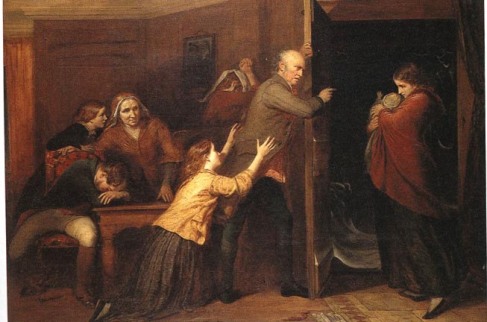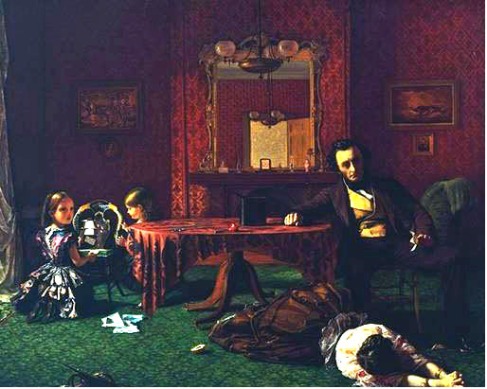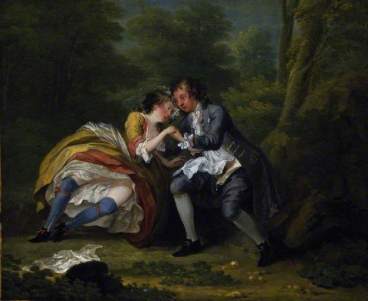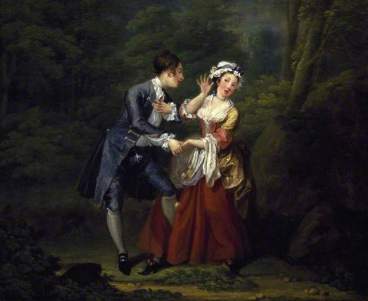Assignment: Describe what an upcoming artist should aspire to do well in Symons point of view. After reading the chapter “Eleanor Duse”.
Arthur Symons describes in his book Studies in the Seven Arts, what he believes an artist should strive for, in order to be a successful and competent artist. One of the most important values that Symons writes about, is to retain nature in your work. Symons describes in “Eleanor Duse” that she does not perform in “reliance upon nature, “but by controlling nature into the forms of her desire”. This shows that Symons puts value on controlling the artistic talent within oneself. Symons wants the artist to progress upon their talent, and to improve upon their talent, not merely live upon the talent that nature provided. Symons refers to this as a “mastery”, not merely an “abandonment” to an artists’ talent. Taking what Symons said into account, an upcoming artist has several values that they should uphold to. First of all the upcoming artist needs to place all personal value into their work. Symons makes it clear, that being an artist should be just as hard as any other profession if you wish to do well. The upcoming artist must be ready to pour their body and soul into their work, whether they like it or not. In fact Symons explains that a good artist (at least in Eleanor Duse) should almost hate the amount of work that has to be put into their art. They should hate the “mockery” of their own art, because their art represents their entire being. Symons makes it clear that for an artist, their life is their art. If an upcoming artist isn’t ready to make this commitment, then Symons would most likely advise them to seek a different profession.
Summary and Value:
In this passage I talked about what Symons believes an upcoming artist should aspire to do in order to be a successful artist. In the first part of my answer I define Symons point of view on how an artist should behave and perform. For this part I claimed that Symons believed that art should be a lifestyle and not merely a profession. Also, I claimed that Symons would recommend an upcoming artist to always progress upon their talent. By using evidence from the text I supported these claims effectively. In the second part of my answer I talked about what Symons would say to an upcoming artist. This part wraps up my answer by answering the question directly using evidence from the first part.
The short term value of this piece can be seen by any upcoming artist that would enjoy some advice. Symons values, although possibly not seen as valid for some people, does still hold its value to a select group of artists. Hopefully Symons noticed an improvement upon an artists’ talent when they upheld the values described. If he did, then an artist may just improve upon their art by trying to conform to the values talked about in this piece.
The long term value of this piece I would say is in its availability, and durability as a blog post. The text which I read Symons Studies in the Seven Arts was in Google Scholar, and the chapter on “Eleanor Duse” was on page 331. What this says to me, is that a large portion of people haven’t even heard of “Eleanor Duse” and the values described within the chapter. Thus, my blog post can serve to educate people in the future wishing to learn more about Arthur Symons. It can do this effectively by allowing for easy access of Symons values. And since I have already summarized his values they can get the meat and potatoes of his work without expending the time to download, and closely read the text.
~CJQ









